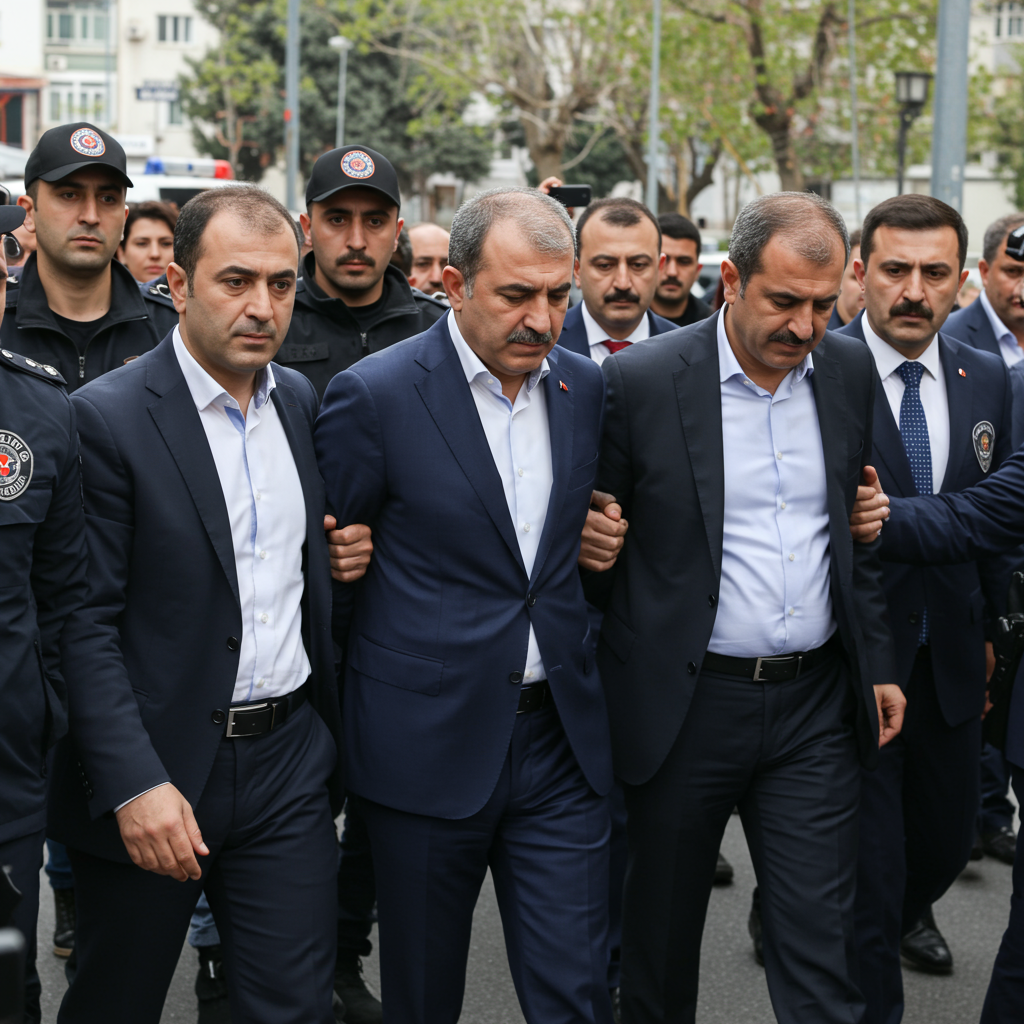Trump Considers Boosting Ukraine’s Air Defense
Following a key meeting with Ukrainian President Volodymyr Zelenskyy on the sidelines of a NATO summit in The Hague, Donald Trump indicated the United States would explore making more Patriot missile defense systems available to Kyiv. These advanced systems are critically needed to counter intensifying Russian missile and drone attacks that have devastated Ukrainian cities and infrastructure.
Trump described the Patriot systems as “very hard to get” but stated the US would “see if we can make some of them available.” The remarks came after a 50-minute discussion between the two leaders, which both characterized positively. Zelenskyy later noted Ukraine’s willingness to purchase additional Patriots if direct donations were not possible, highlighting the urgent need for enhanced air defense capabilities.
While considering the possibility of providing more Patriot missiles, Trump remained non-committal regarding further broader financial aid to Ukraine, stating, “As far as money going, we’ll see what happens.” This position marks a potential shift from previous US policy regarding military assistance to Ukraine. Trump has previously expressed concerns about the significant cost of US aid, which has totaled over $180 billion since the start of the full-scale invasion.
Wider Efforts to Secure Patriots
Trump’s statement comes amidst broader efforts by the US and NATO allies to source more Patriot systems for Ukraine. Finding available systems is challenging, as few countries are willing to part with their existing defenses, and US production capacity struggles to keep pace with demand. Ukraine has specifically requested at least seven additional Patriot batteries to adequately protect its most vulnerable regions. Reports suggest allies are reviewing systems located in countries like Israel, Germany, and Greece for potential transfer following necessary refurbishment. Currently, Ukraine operates eight Patriot systems, though only six are reportedly functional.
NATO’s Enduring Commitment and Shifting Responsibilities
Despite the complexities surrounding US aid, NATO Secretary General Mark Rutte affirmed the alliance’s unwavering commitment, including that of the United States, to ensuring Ukraine can continue its defense against Russia’s invasion. Rutte emphasized that NATO members share a realistic assessment of Russia and are dedicated to securing a “lasting” and “durable” outcome for any future peace deal or ceasefire.
Rutte also outlined an expected shift in the distribution of military support, with European nations anticipated to take on greater responsibility for providing aid to Ukraine. However, he clarified that the US would remain significantly involved through intelligence sharing, practical military support, and potentially contributing air defense systems. The latest NATO summit declaration reportedly did not mention future membership for Ukraine or directly blame Russia for the invasion, representing a departure from prior statements and reflecting the evolving geopolitical landscape.
Parallel Peace Efforts and Escalation Concerns
Beyond the discussions at the NATO summit, separate communications between US, Ukrainian, and Russian leaders have highlighted ongoing, complex efforts to broker a ceasefire, alongside persistent tensions.
In a separate conversation, Trump reportedly suggested to President Zelenskyy that the US could potentially take ownership of Ukrainian power plants to enhance their security, offering American utility expertise as “the best protection.”
Meanwhile, discussions between Trump and Russian President Vladimir Putin have reportedly included conditions for a potential deal. According to reports, Putin demanded a cessation of foreign military aid and intelligence sharing for Ukraine – a condition the White House quickly rejected, affirming that US intelligence support would continue. Although Putin reportedly agreed not to target Ukraine’s energy infrastructure during his call with Trump, subsequent reports immediately contradicted this, detailing continued strikes, including on energy facilities.
These developments occur amid mutual accusations of escalating conflict and sabotaging peace prospects from both Moscow and Kyiv. Russian officials have characterized Ukrainian actions as “terrorist,” while disregarding Russia’s own initiation of the war and intensified bombardments. Analysis suggests Putin’s conditions for a ceasefire have effectively amounted to demanding “Ukrainian capitulation,” holding any temporary pause hostage for concessions.
Despite these diplomatic complexities and continued hostilities, efforts to find common ground persist, including an agreement for US and Russian teams to meet to discuss implementing and expanding a partial ceasefire previously secured by Trump.
Zelenskyy’s Diplomatic Push
For his part, President Zelenskyy has continued to emphasize the critical need for unity between Europe and the United States to prevail against the invasion. He stressed the importance of maintaining a “strong connection” with US leadership and called for unity within Europe itself. Zelenskyy also continued his diplomatic efforts on other fronts, signing an accord with the Council of Europe to establish a special tribunal aimed at trying top officials responsible for Russia’s invasion.
These parallel developments underscore the multifaceted approach Ukraine and its allies are taking – seeking vital military aid like Patriots, navigating complex diplomatic pathways involving key global leaders, and pursuing accountability for the conflict.


